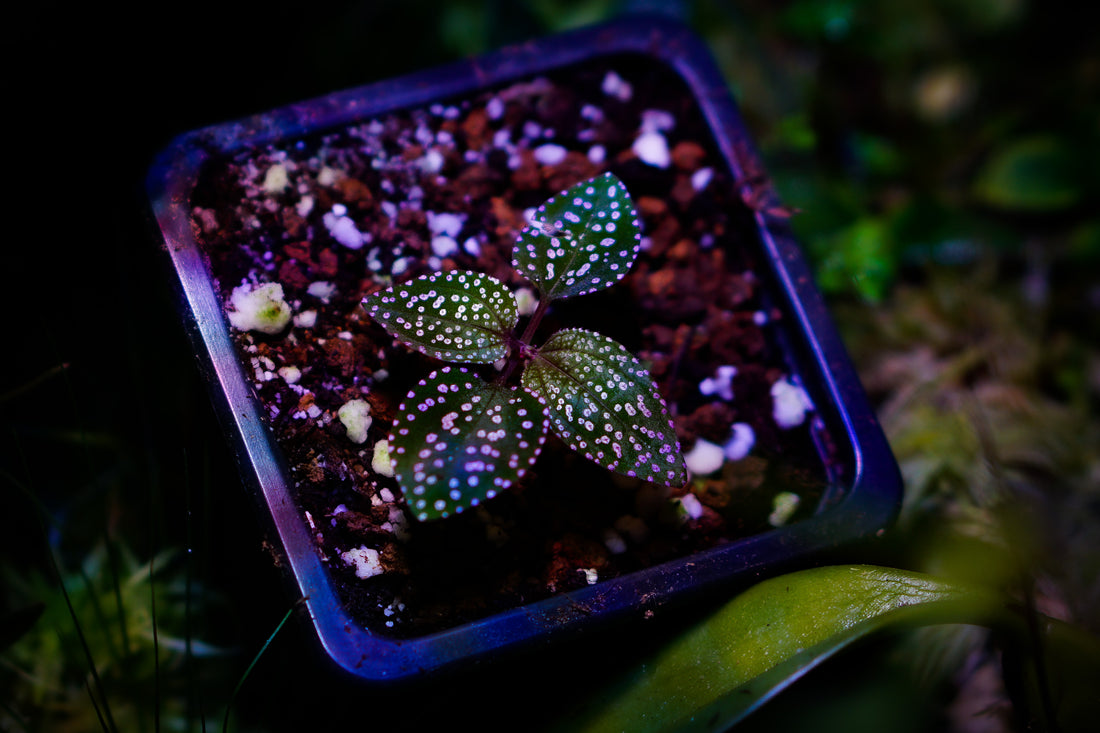This article is here to help you see more clearly the different substrates that you can use for growing your plants.
Choosing the substrate is an important step for the growth of your plants. Know that there are no perfect compositions, each element of your mix has advantages as well as disadvantages.
A plant's substrate must meet several important criteria:
-A role of water retention / porosity (air)
-A nutritional role
-A ground anchoring role
The substrate you use simply meets the needs of the plant. After reading this short article, composing your substrate will therefore be pure logic.
Root system needs:
For your roots to stay healthy and develop well, you must first have WATER, AIR and NUTRIENTS.
The root system carries out cellular respiration, just like us, it consumes oxygen and releases CO2. The root system also needs WATER, just like us, to transport nutrients and make up for the lack of water lost through transpiration and evapotranspiration.
These two main elements are often linked in the choice of a substrate and are contained in what is called the porosity of a soil. An excess of water leads to root asphyxiation, on the contrary an excess of air often leads to water stress (lack of water).
The second important point for the root system is NUTRITION.
Plant nutrition is a crucial point in the physiology of a plant, it will allow the production of new roots, leaves and stems using mineral elements contained in your substrate or when you water your plant containing fertilizer.
More generally, the plant needs nitrogen, phosphorus, potassium as well as a multitude of trace elements.
Nitrogen (N): It is an essential element for the growth of all plant cells and more particularly the growth of the aerial part which is composed of leaves, stems, flowers. A plant needs a lot of nitrogen for its metabolism, a deficiency (a lack) of this element and your plant will start to become pale and stop its aerial growth. Conversely, an excess will cause burns and will have the consequence of stopping the growth of your plant.
Phosphorus (P): Phosphorus is a key element in the root growth of plants but also as an energy carrier both in the process of photosynthesis and in the degradation of certain elements.
Potassium(k): This element participates in the flowering process but also in resistance to drought, pests and diseases. Just like nitrogen and phosphorus, potassium is a major element in the physiological process of a plant.
Trace elements: Trace elements are elements that are in smaller quantities but play a major role in the physiology of a plant. The deficiency therefore the lack of one of these elements will necessarily lead to an imbalance in the absorption of major elements (N, P, K).
Iron and manganese allow photosynthesis to function properly. Zinc protects the plant from oxidative stress (light, drought). It is involved in the synthesis of proteins and starch.
Copper strengthens lignocellulosic walls and promotes fertility.
Boron participates in cell multiplication and growth and conditions pollen fertility.
Molybdenum enables nitrate reduction and nitrogen fixation.
In general, what you need to remember is that controlled nutrition will allow your plant to develop properly. The concept of BALANCE is very important, whether in terms of nutrition or the amount of water and air in a substrate.
Here is a summary diagram of the signs of deficiencies that you may encounter:

A concrete example may help you to assimilate these concepts.
Perlite:
It is a substrate when used alone is very porous, with low water retention and contains a lot of air, however the water retention it can have is very low. Your plant will never have root asphyxiation, but it will be limited by the amount of water available and may quickly run out of water. On the nutritional side, it is an inert substrate, it does not contain minerals or very little naturally, so you will have to make sure to provide all the mineral elements necessary for the growth of your plant. This is why perlite used as a substrate without mixing it with other elements is a substrate that is complicated to manage.

